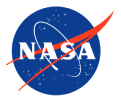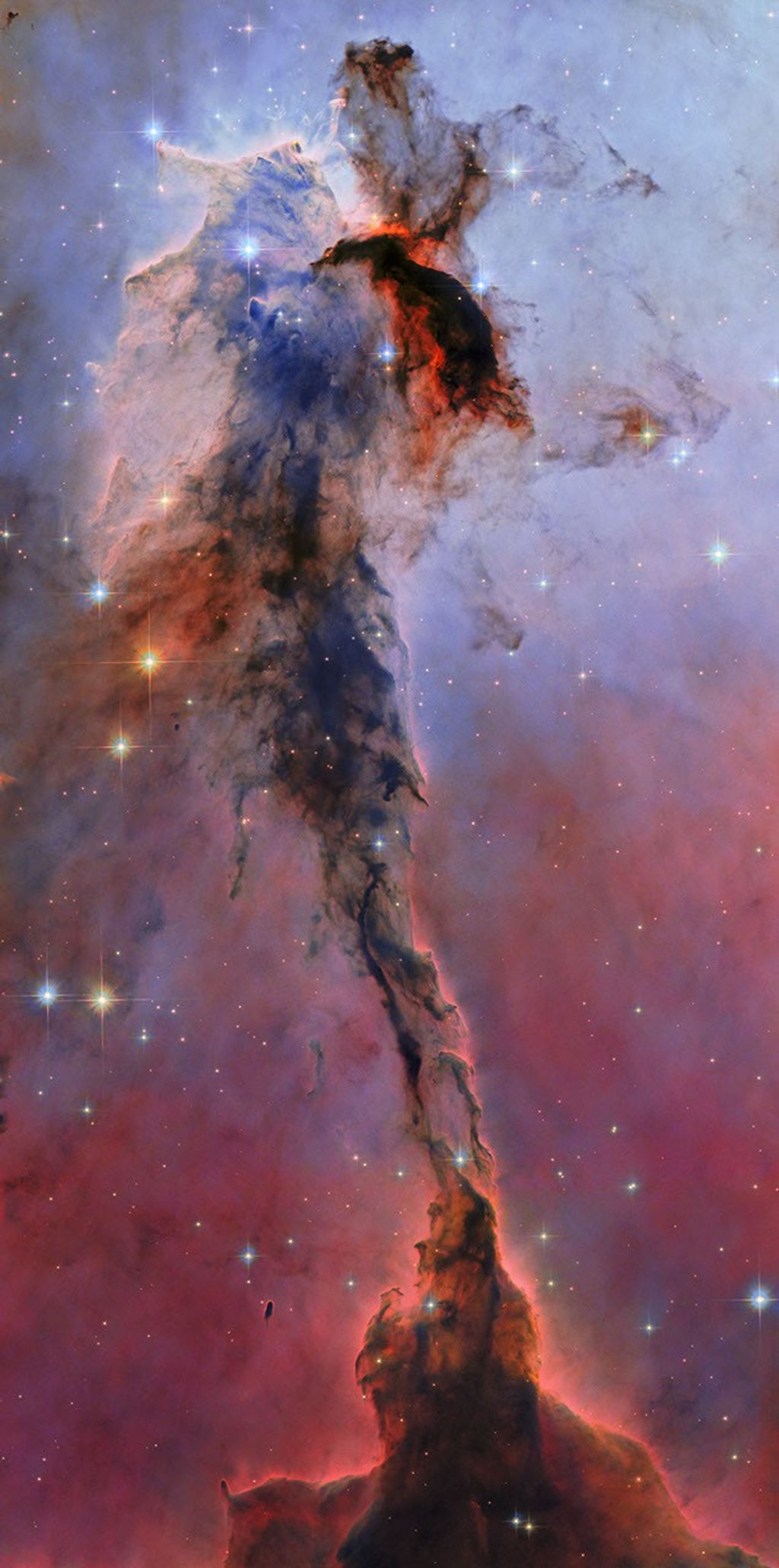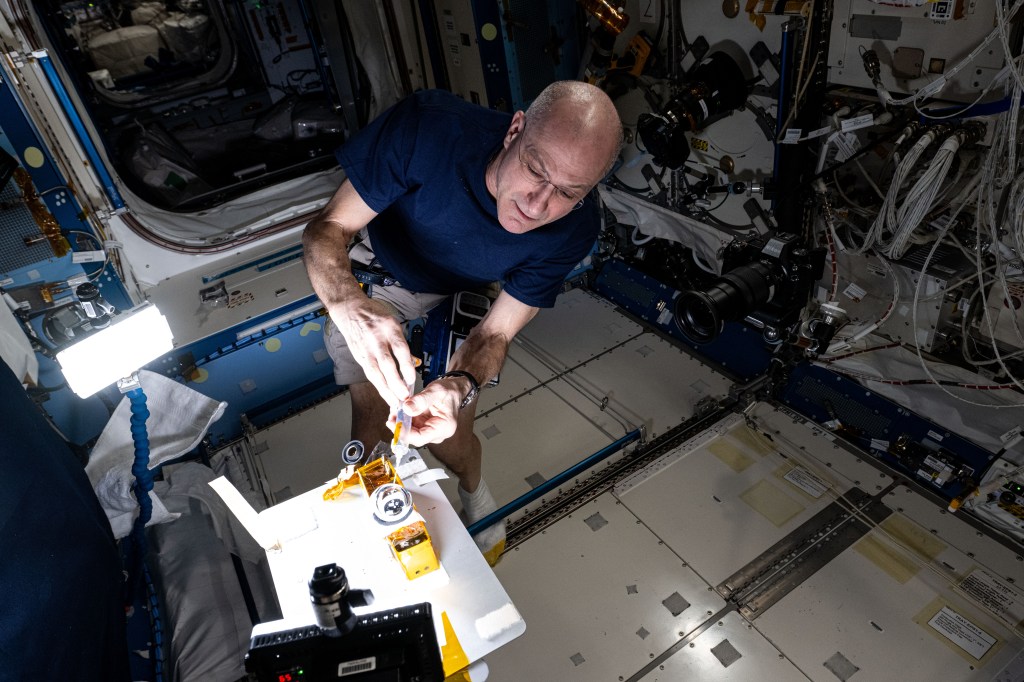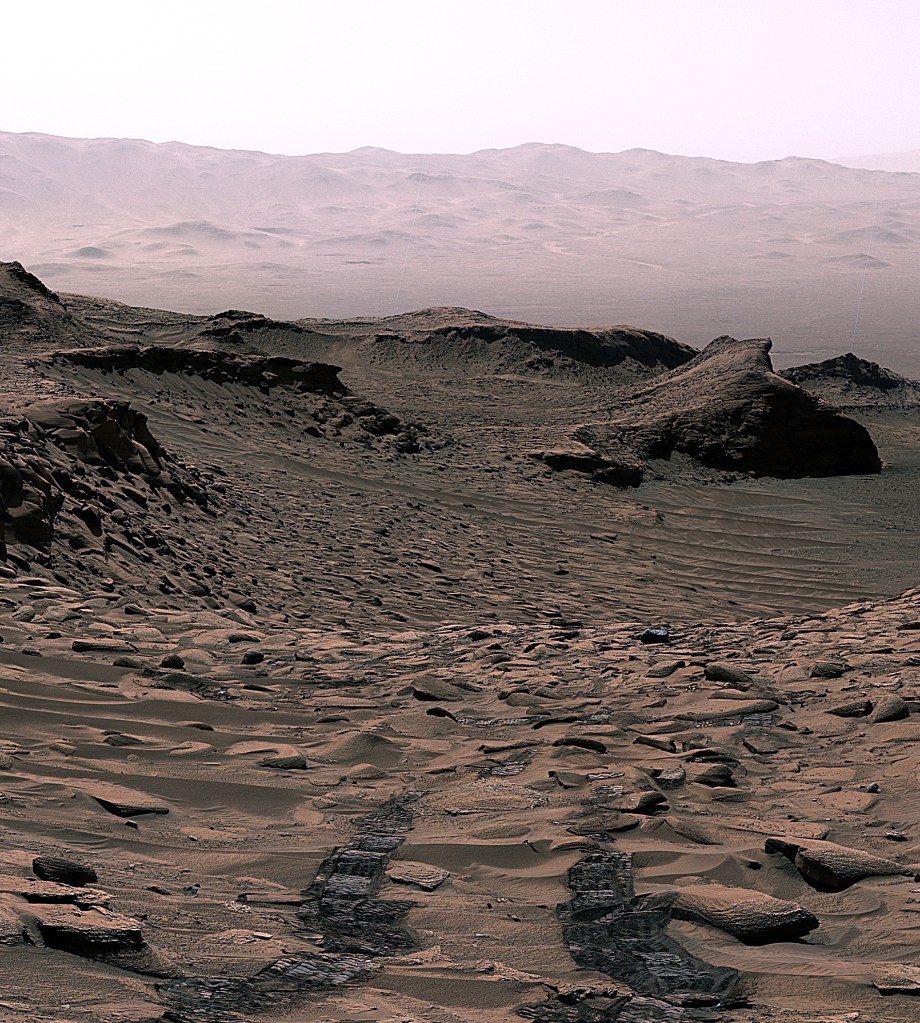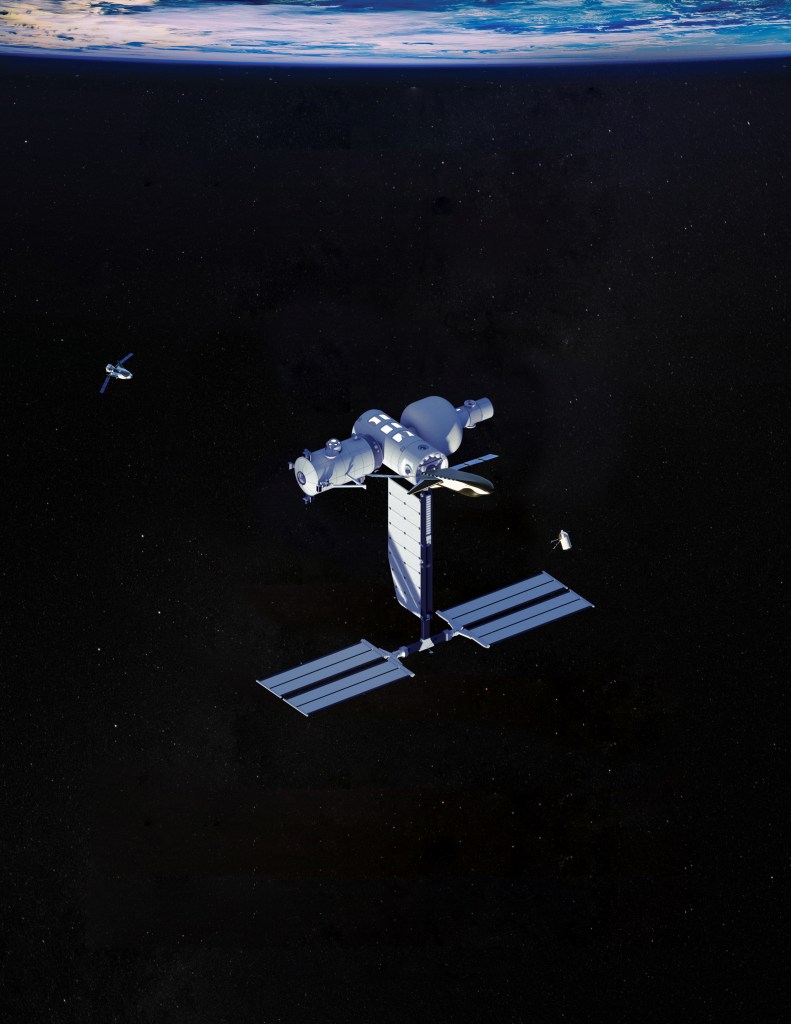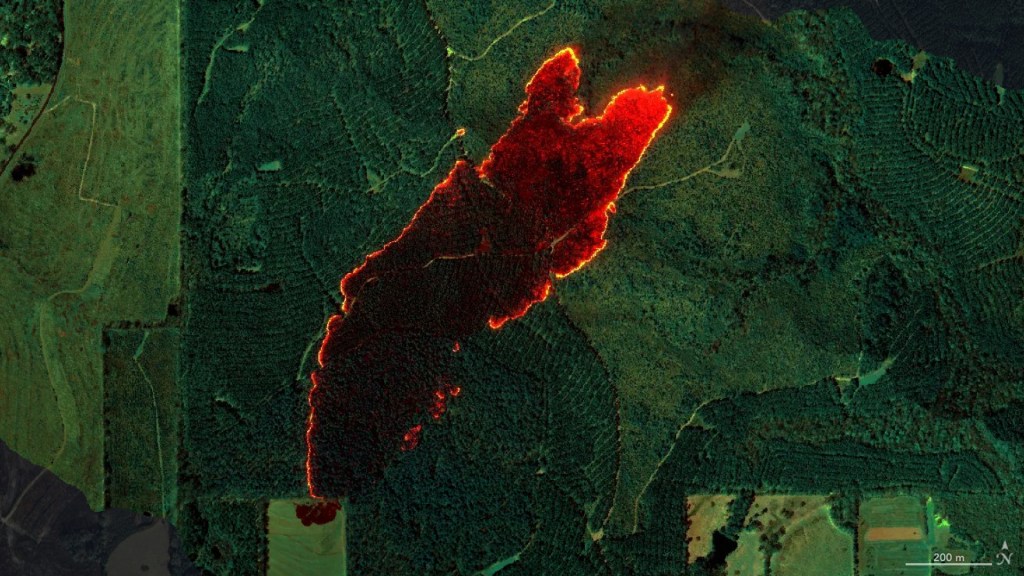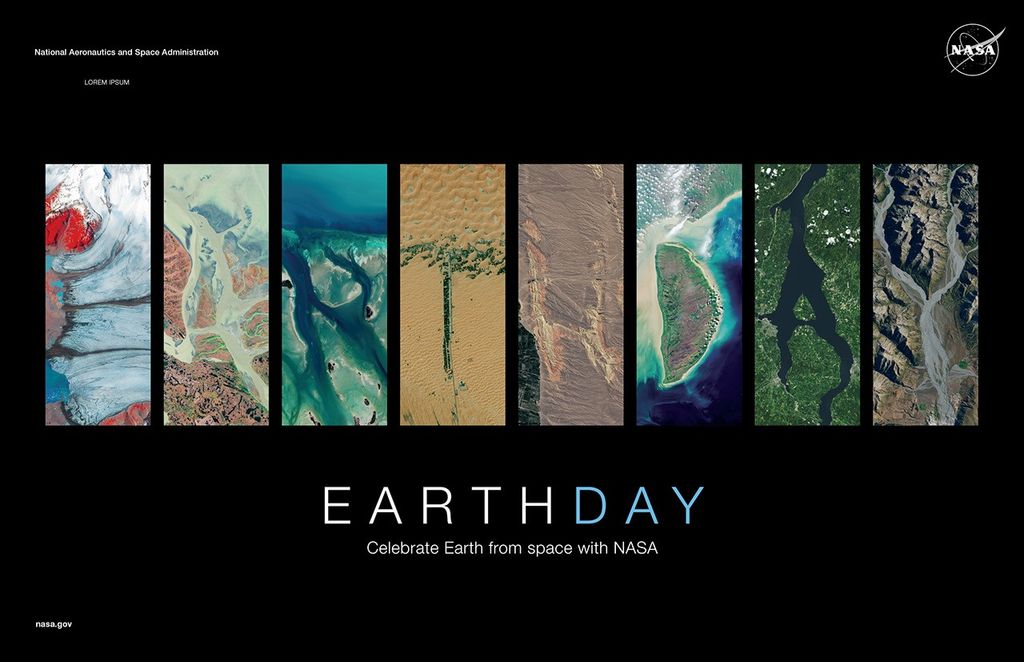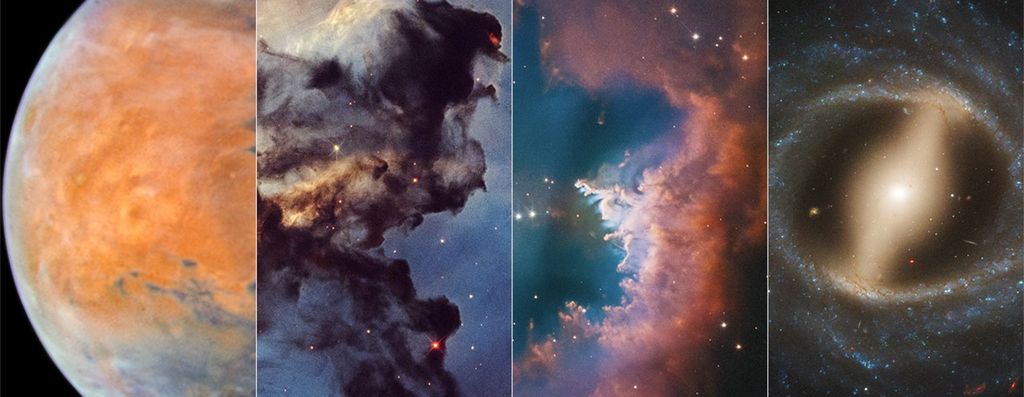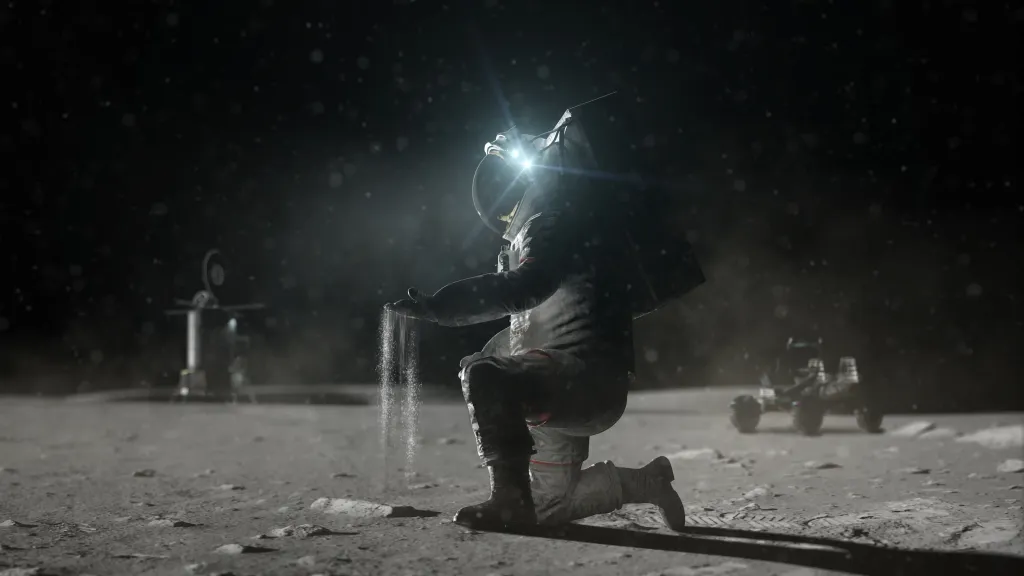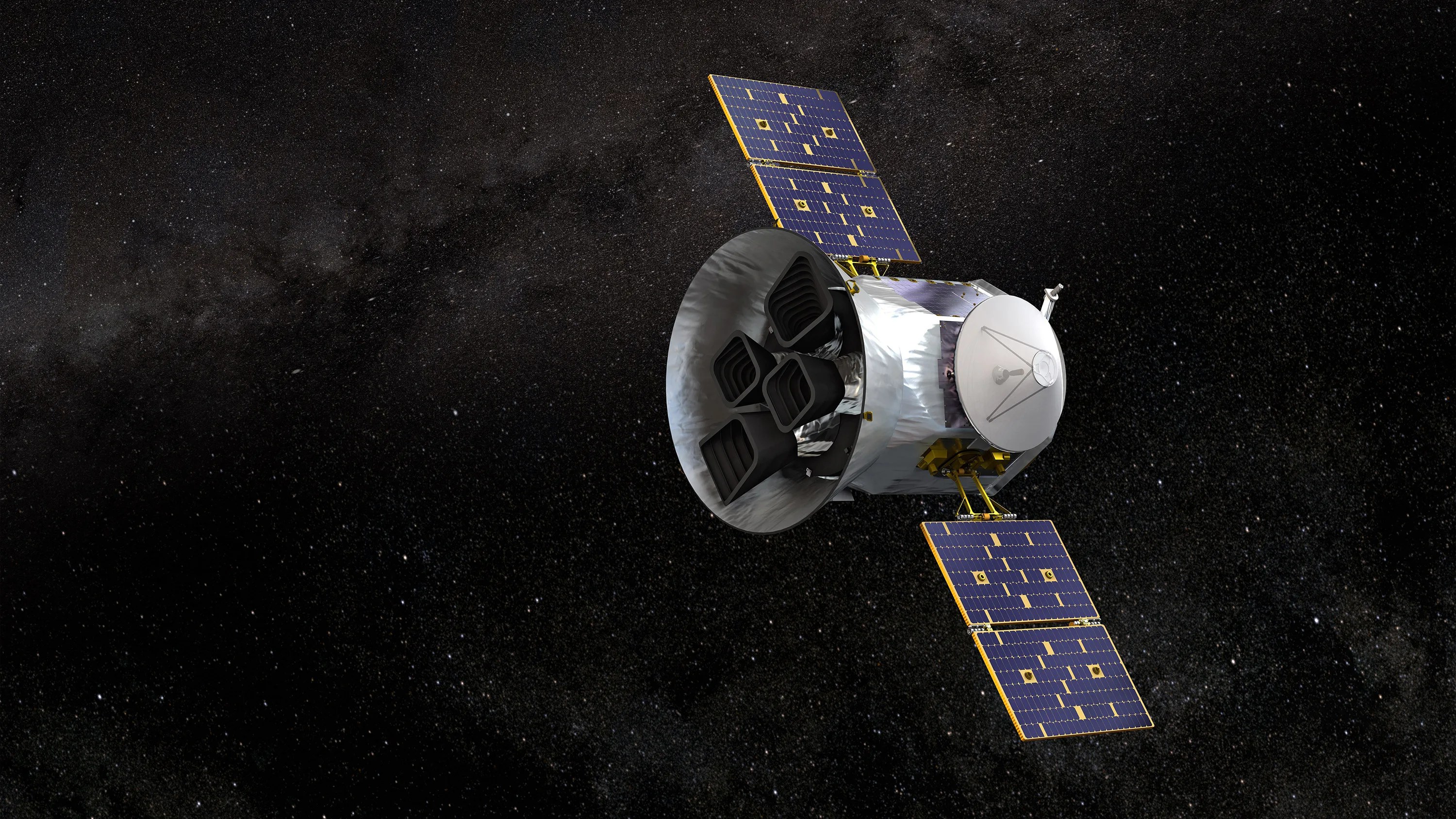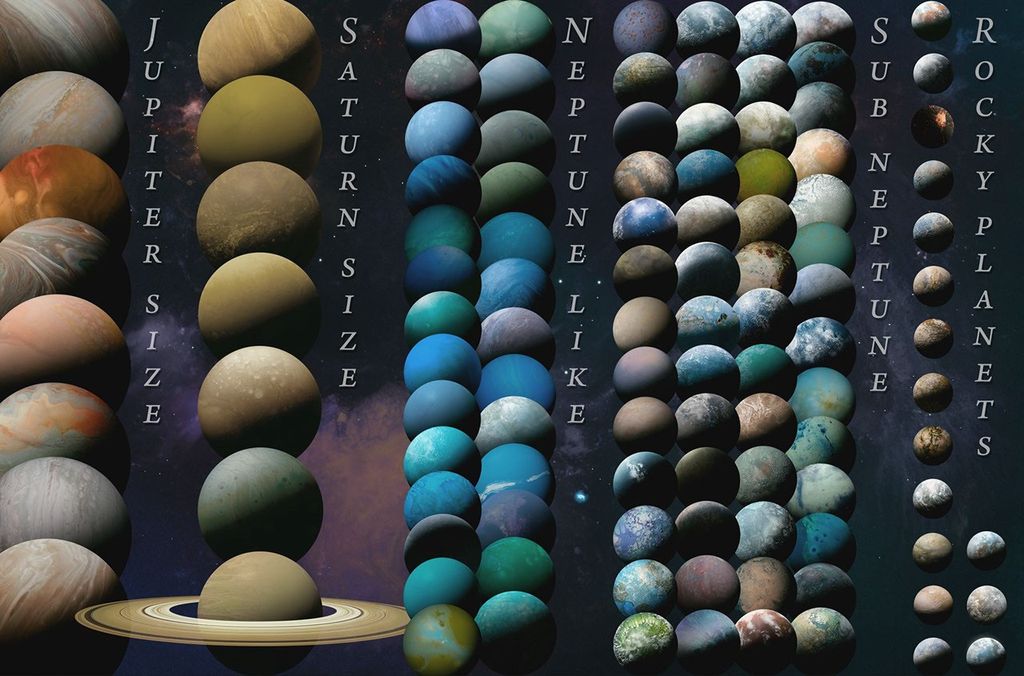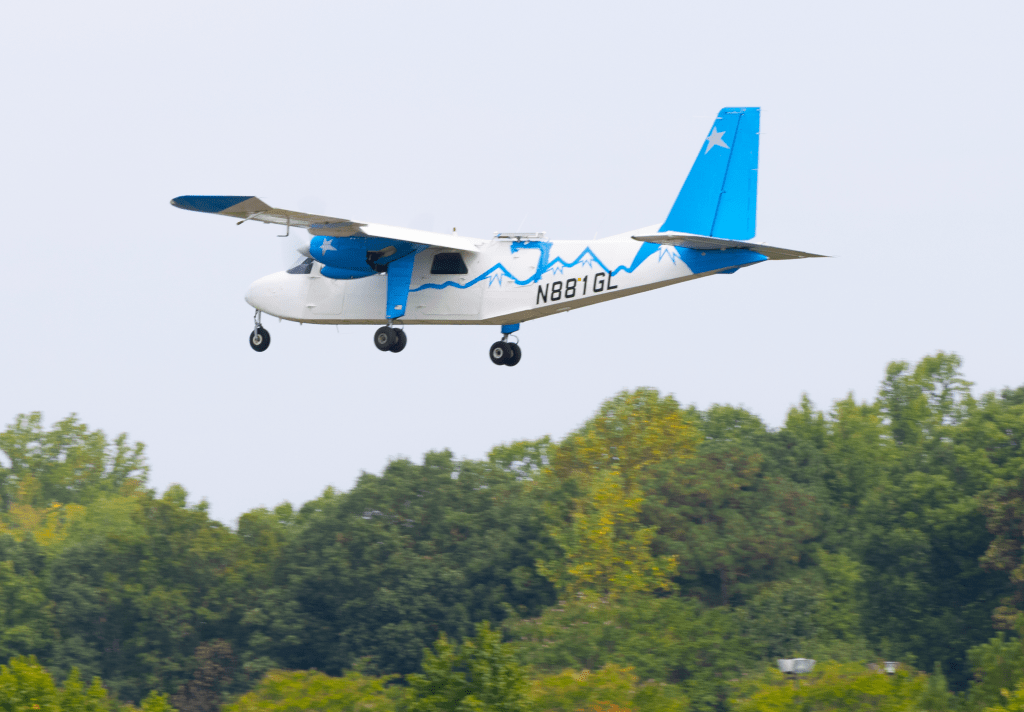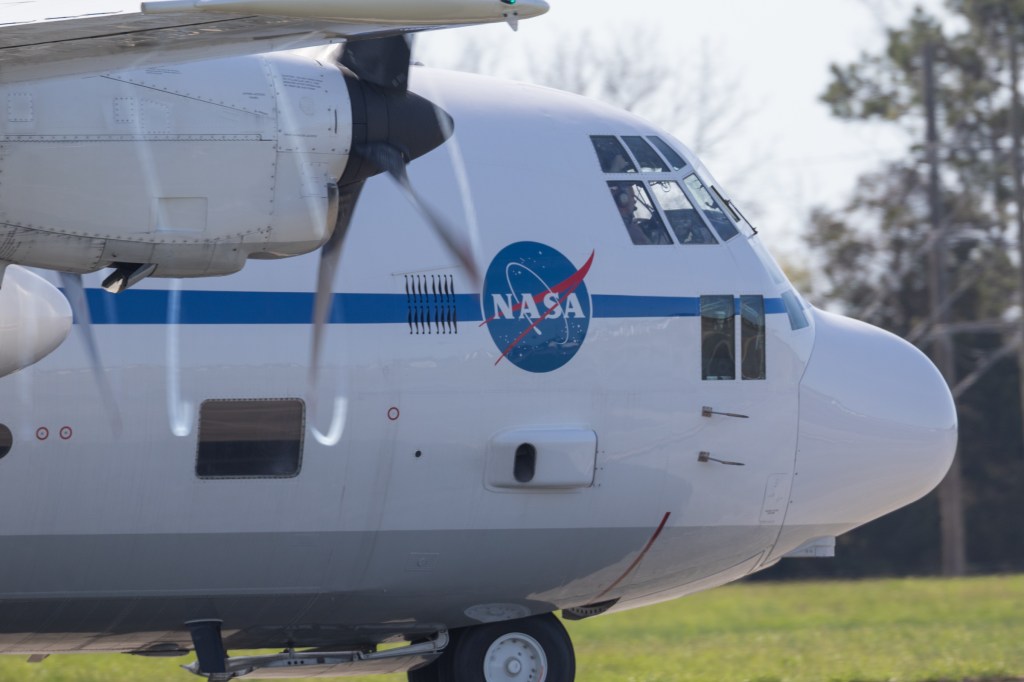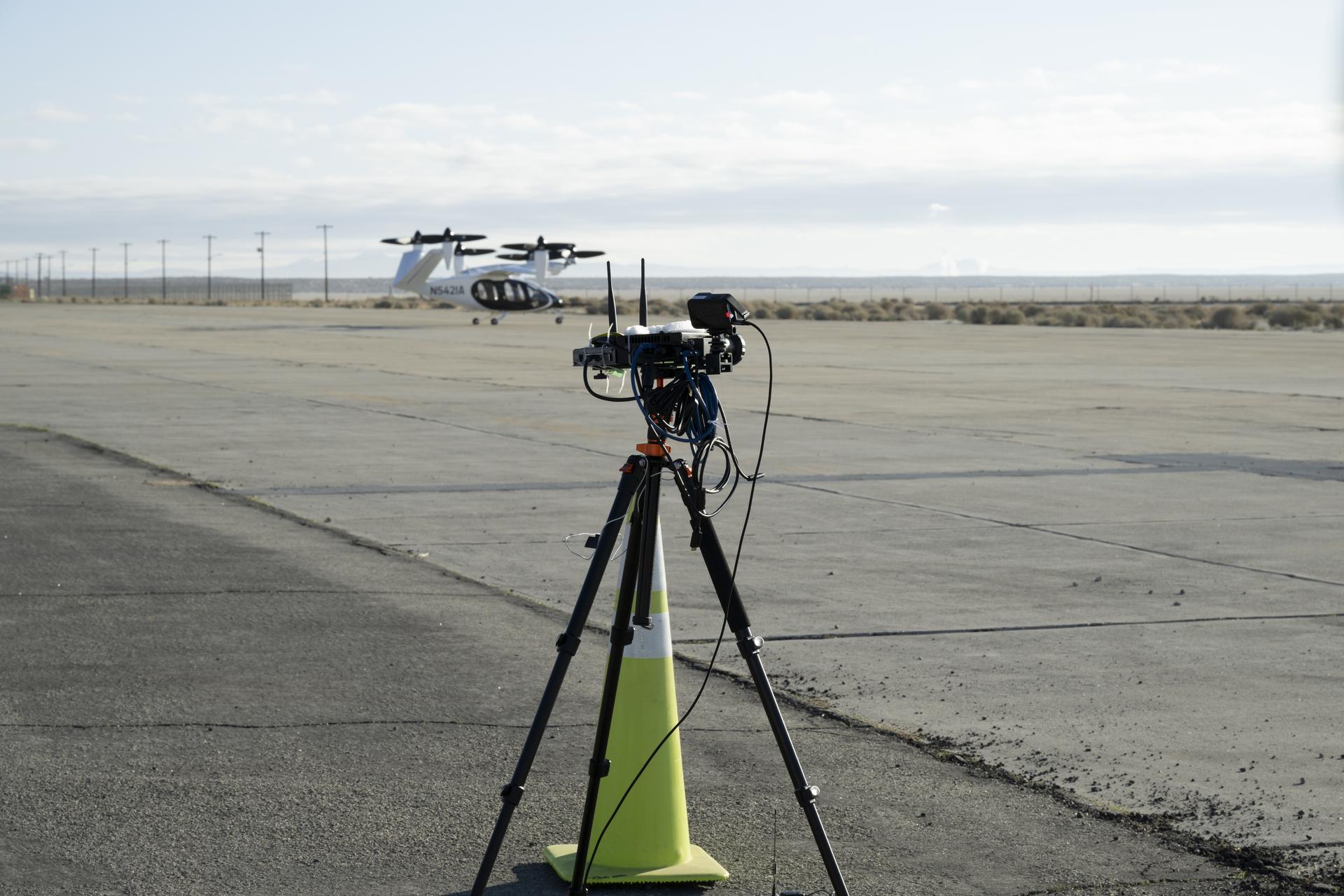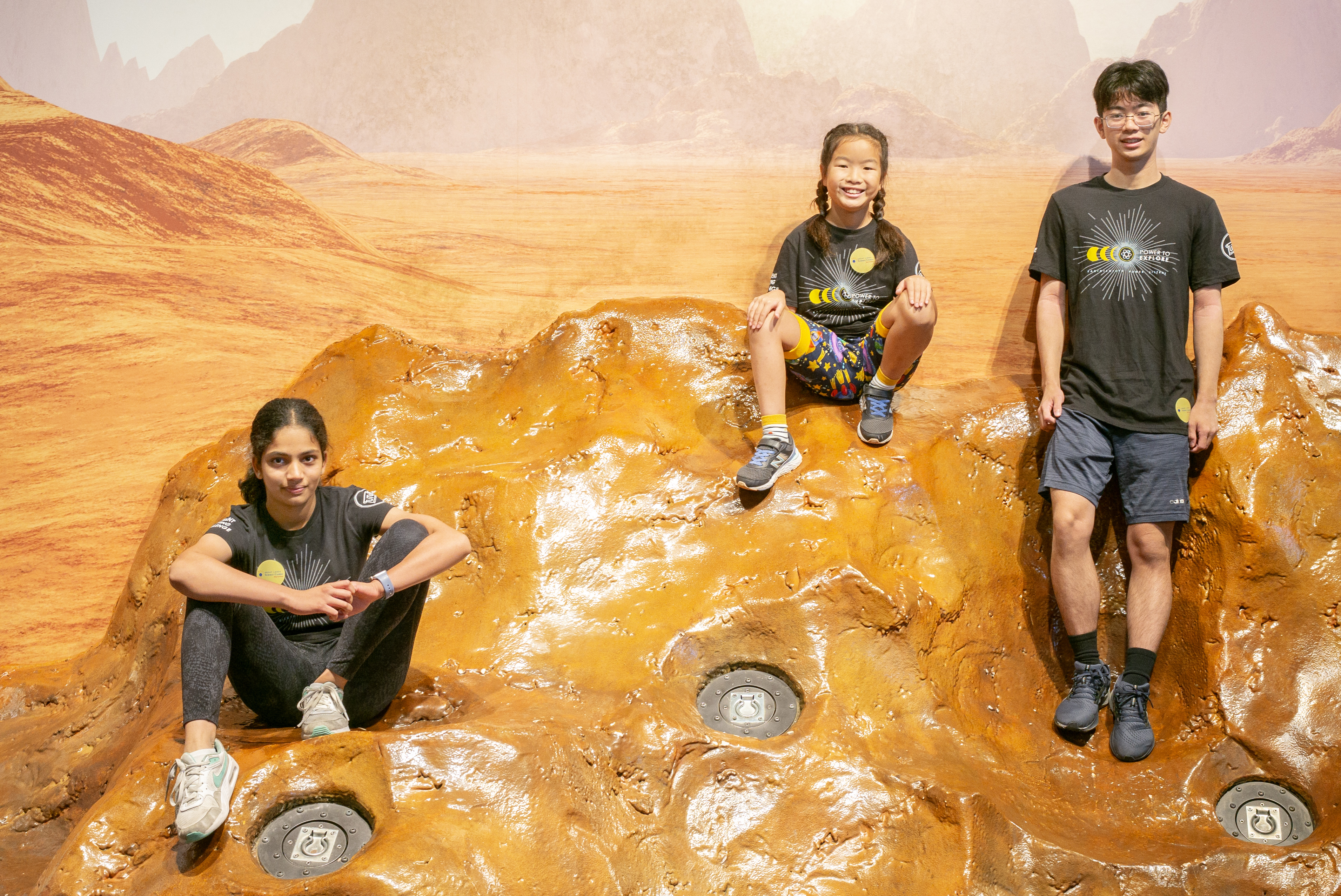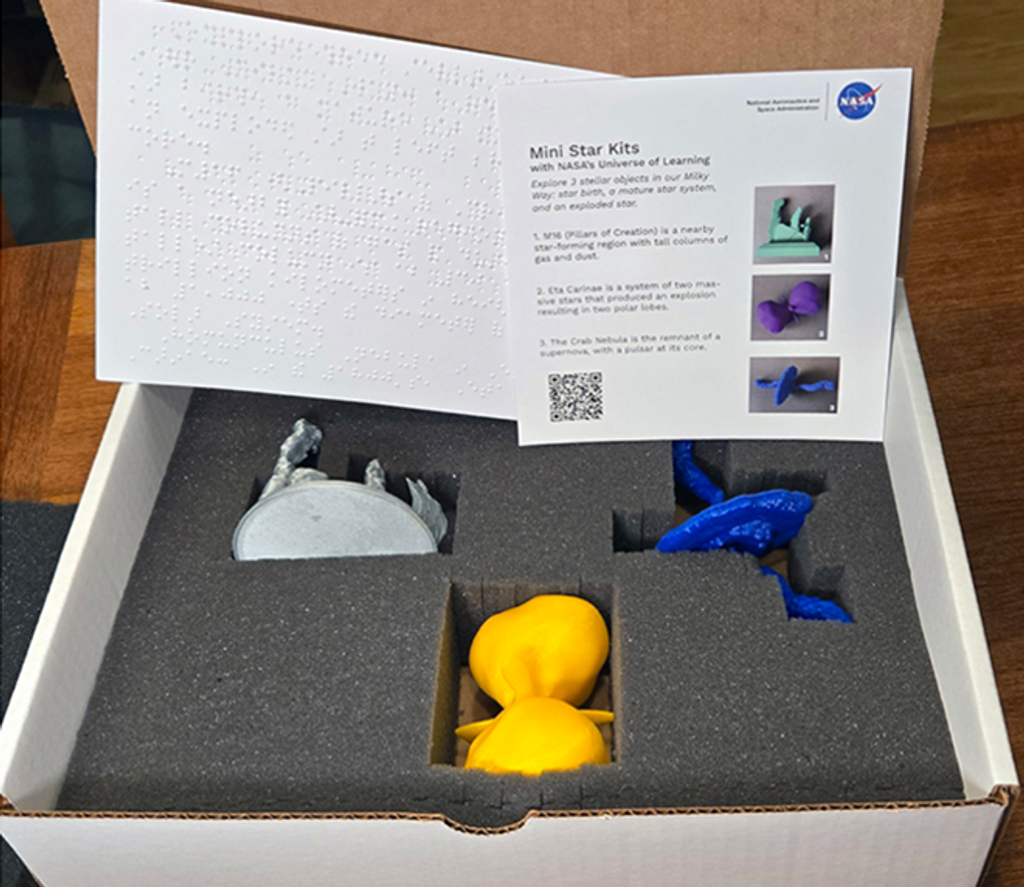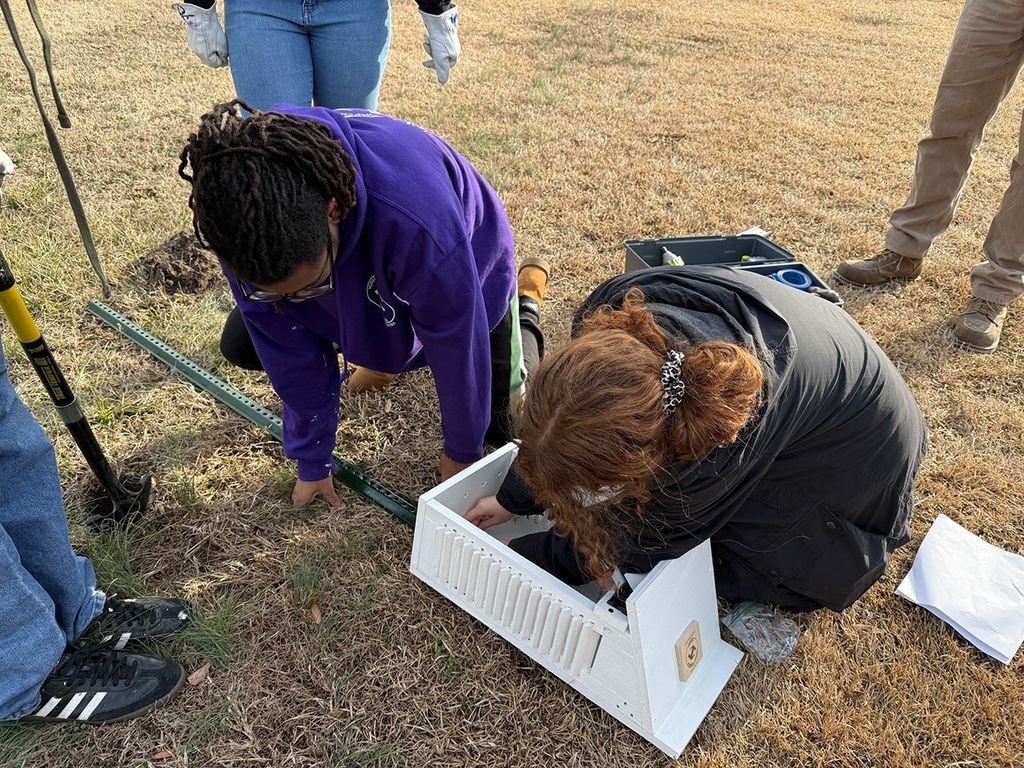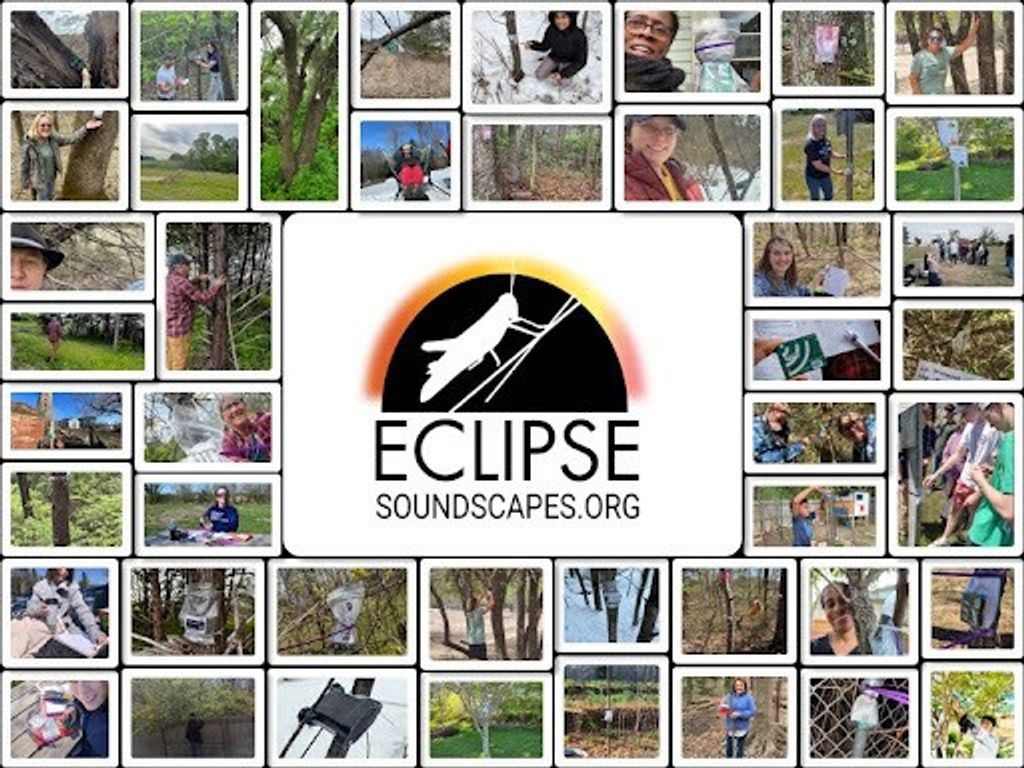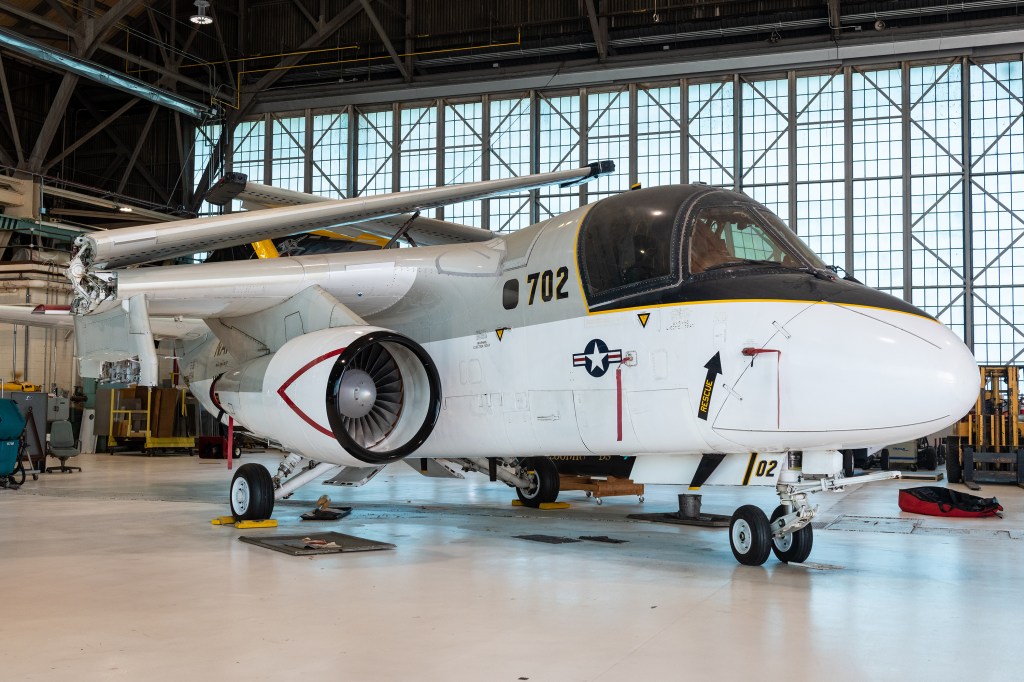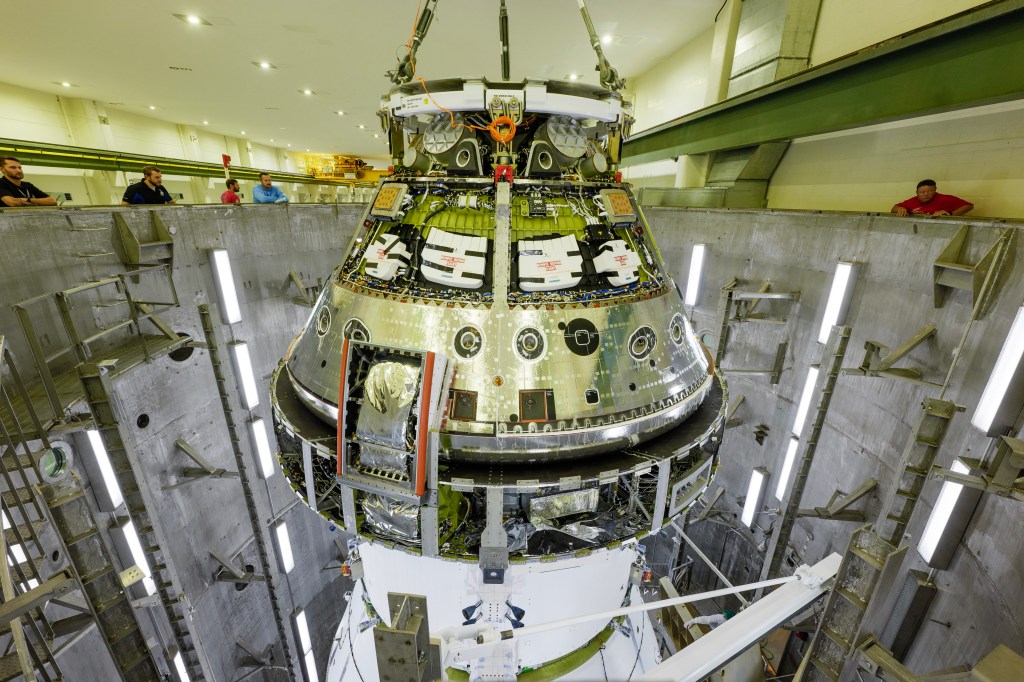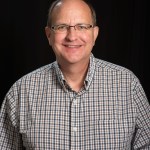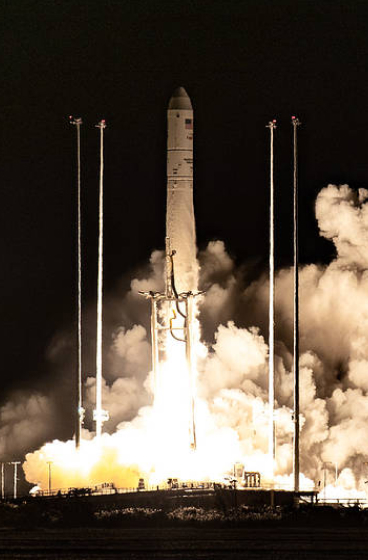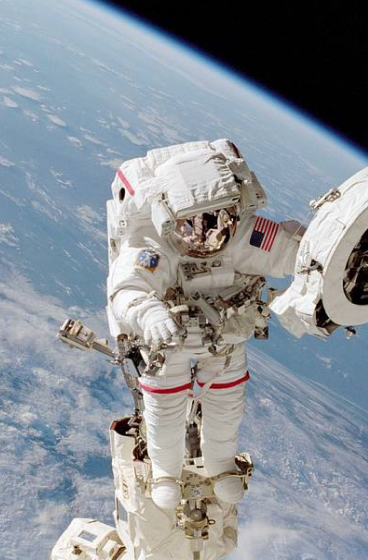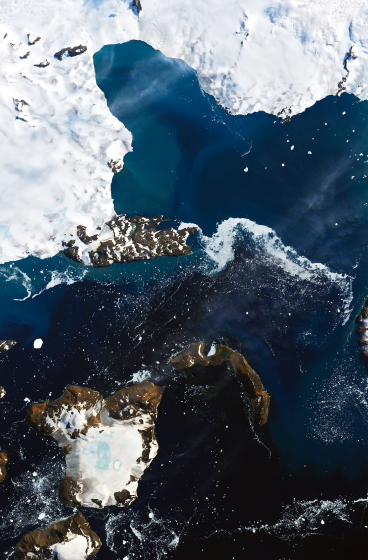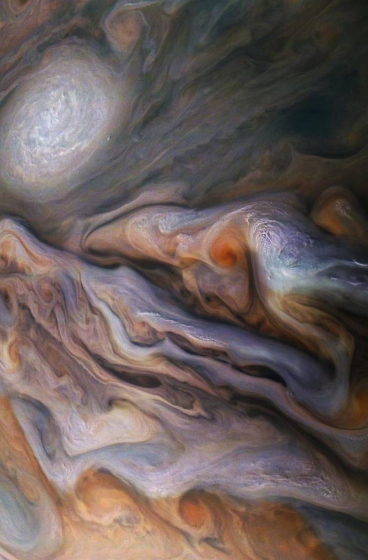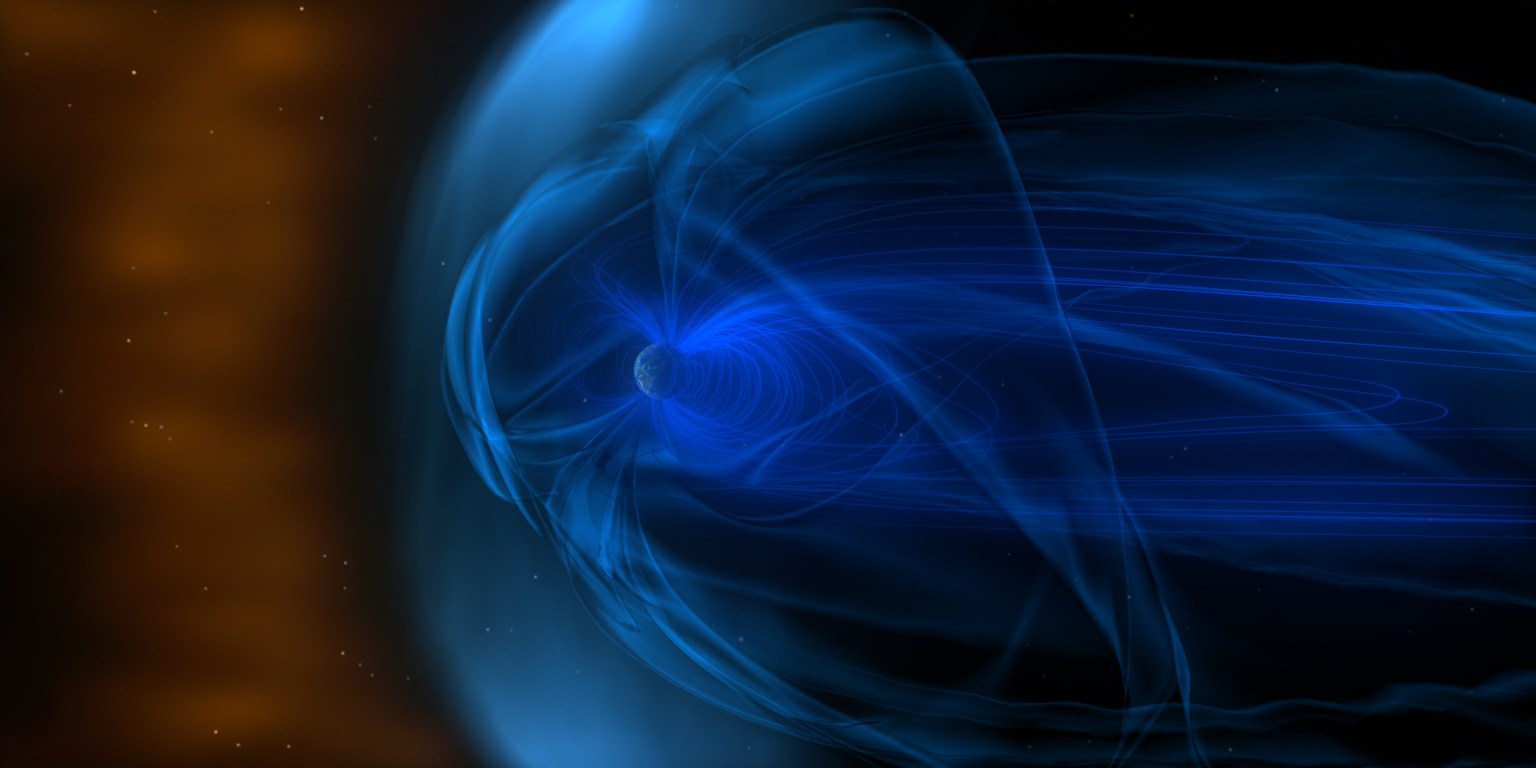
NASA Applied Space Environments (NASE)
The NESC Space Environments Technical Discipline Team consists of subject matter experts in a variety of space environments disciplines from NASA, NOAA, U.S. Air Force, private industry, and academia.
NESC Space Environments Team
NASE Overview: Our heliosphere consists of a variety of space environments from phenomena produced by the Sun, including solar flares and coronal mass ejections, asteroids and meteors, to solar wind interactions with the Earth. The solar wind, ionized gases from the Sun’s outer atmosphere expanding into space, is trapped and concentrated into regions near Earth by the terrestrial magnetic field. Thermal waves and gradients exist in the upper atmosphere, and small meteoroids occur naturally in the vicinity of the Earth, along with an ongoing accumulation of man-made debris from past and present spacecraft. This environment can damage a spacecraft in a variety of ways, from the direct impact of a meteoroid on a spacecraft surface to the change of state of a single bit in the digital memory of a computer.
The NESC Space Environments Technical Discipline Team consists of subject matter experts in a variety of space environments disciplines from NASA, NOAA, U.S. Air Force, private industry, and academia.
SCMD Request Form
Space Environments Conferences
We will list space environments related conferences here as we become aware of them.
Conferences Website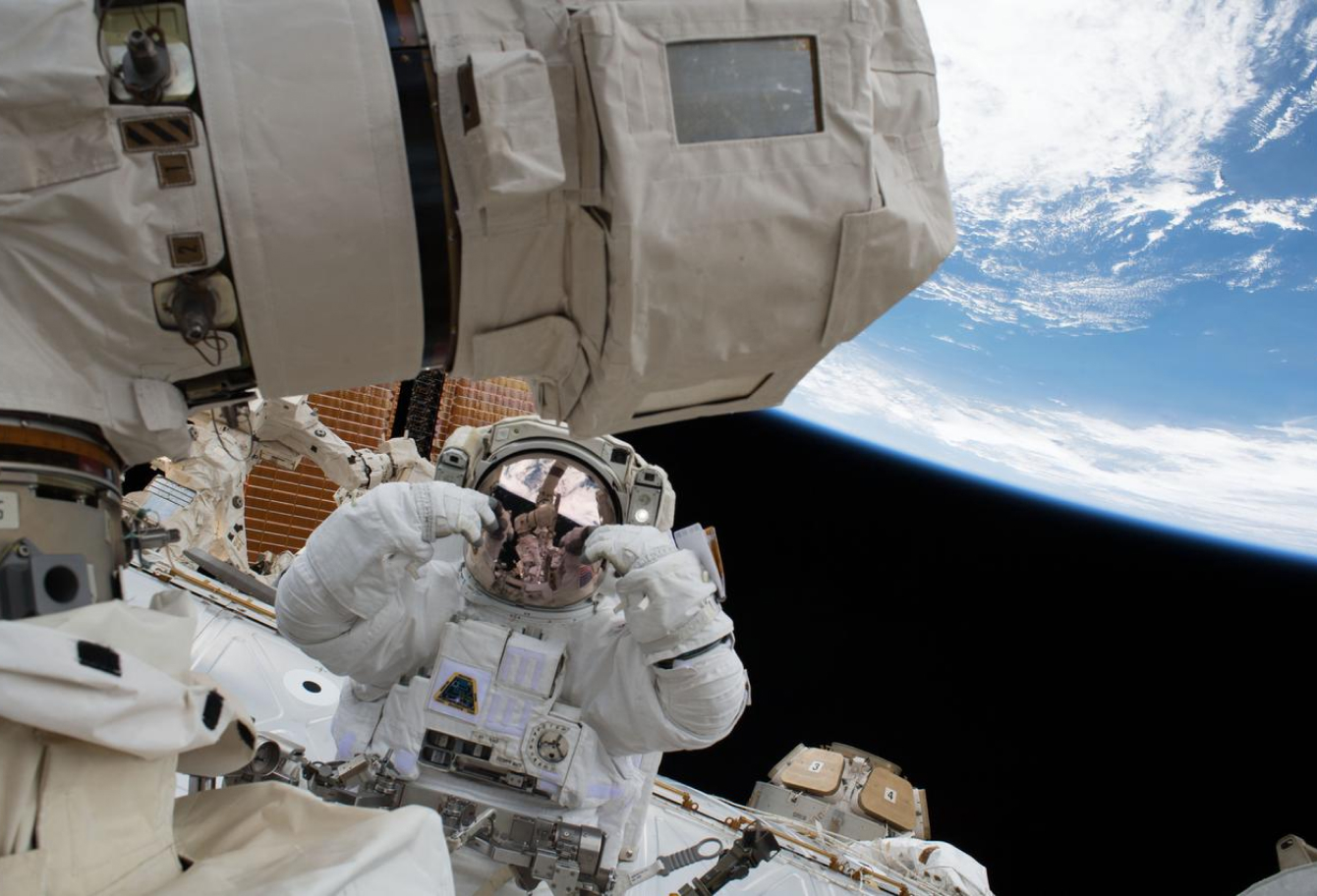
Software, Models, and Tools
NASA Designing Spacecraft
Click here for more information.
Helpful list of various space environments related software, models, and tools the development and operation of spacecraft.
Click here for more information.
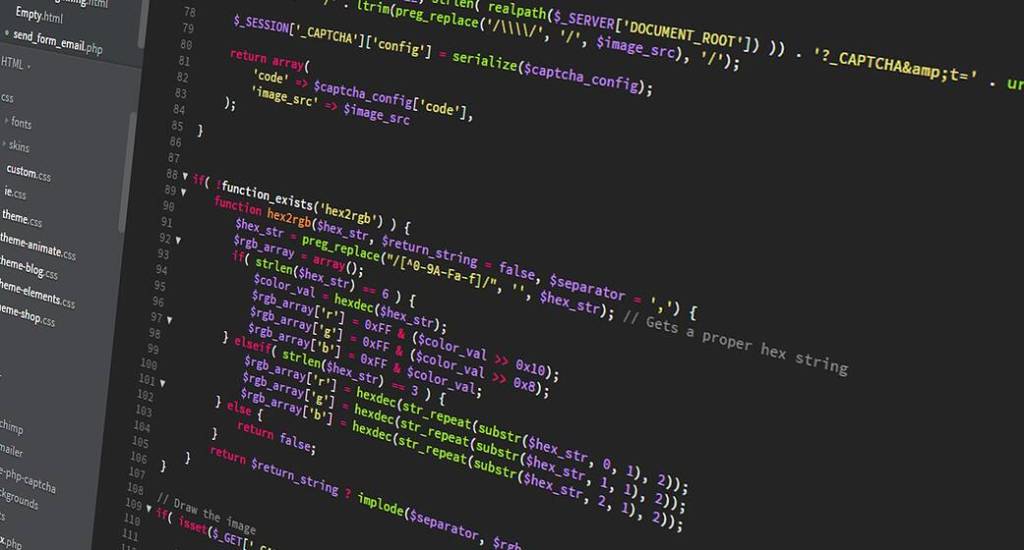
SCMD
Spacecraft Charging Material Database
The Spacecraft Charging Materials Database (SMDC) is a NASA sponsored repository for information on the electrical properties of materials relevant to surface charging and internal charging processes for materials exposed to charged particles and photons in the space environment. In order to gain access the database, first fill out the request form and then email the completed form to the individuals listed on the form.
Database Link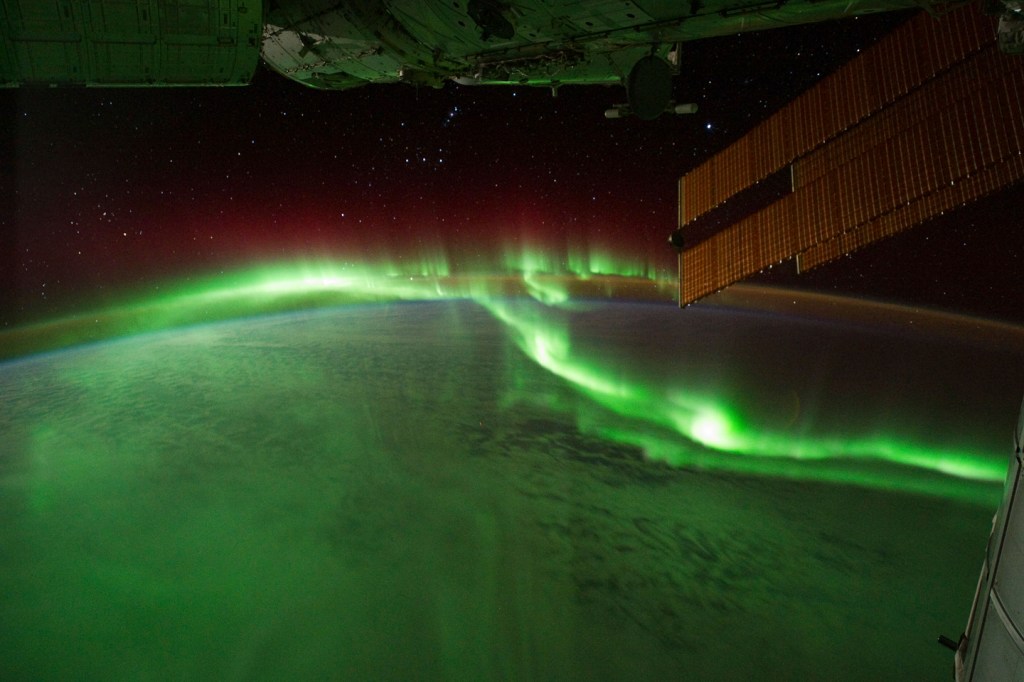
Space Environments and Effects (SEE) Program Archive
SEE Archive
The goal of the SEE Program was to collect, develop and disseminate the space environment technologies. The SEE Program was discontinued in 2005. The link below takes you to the SEE Archive.
SEE Archive Website
